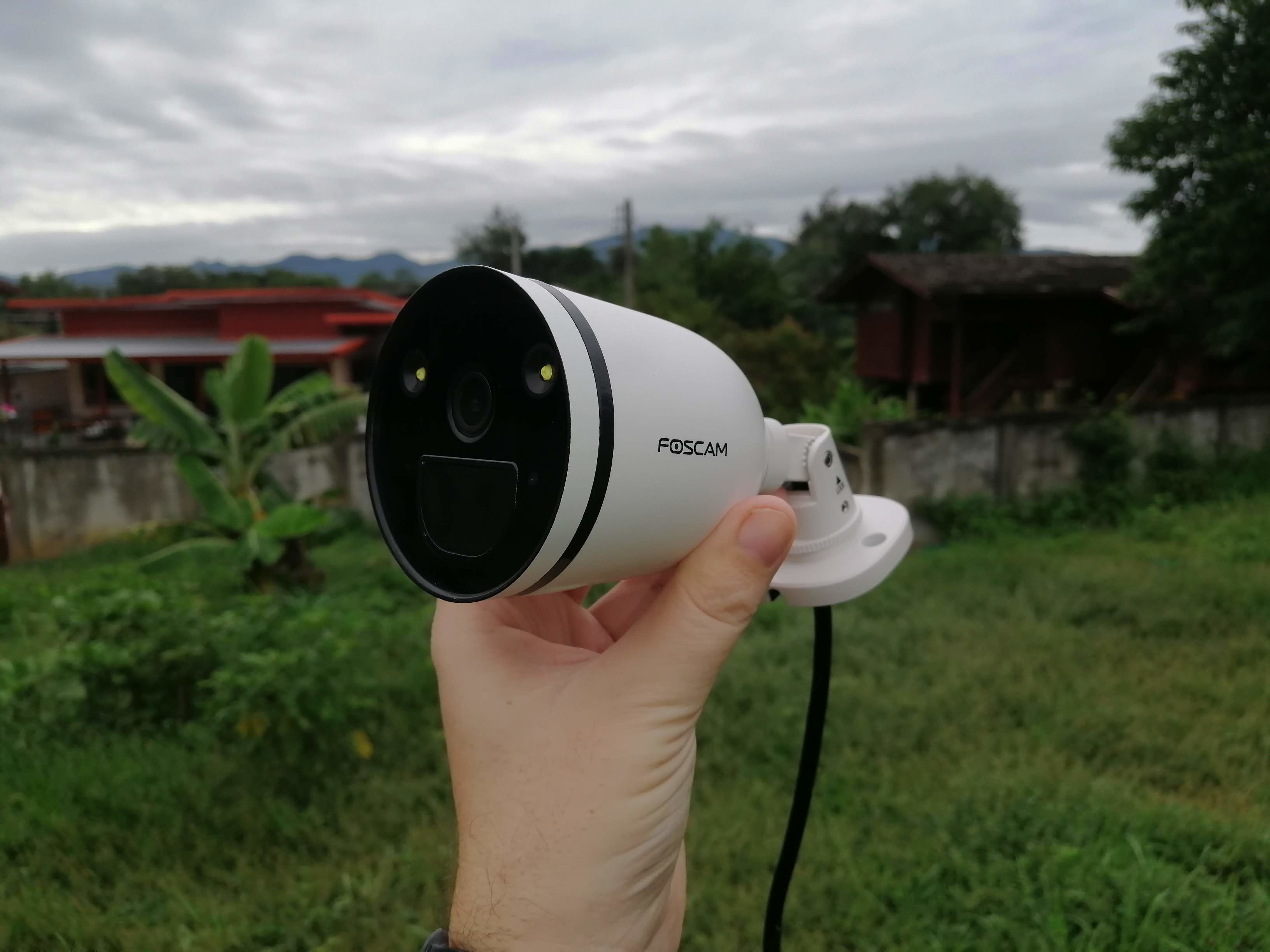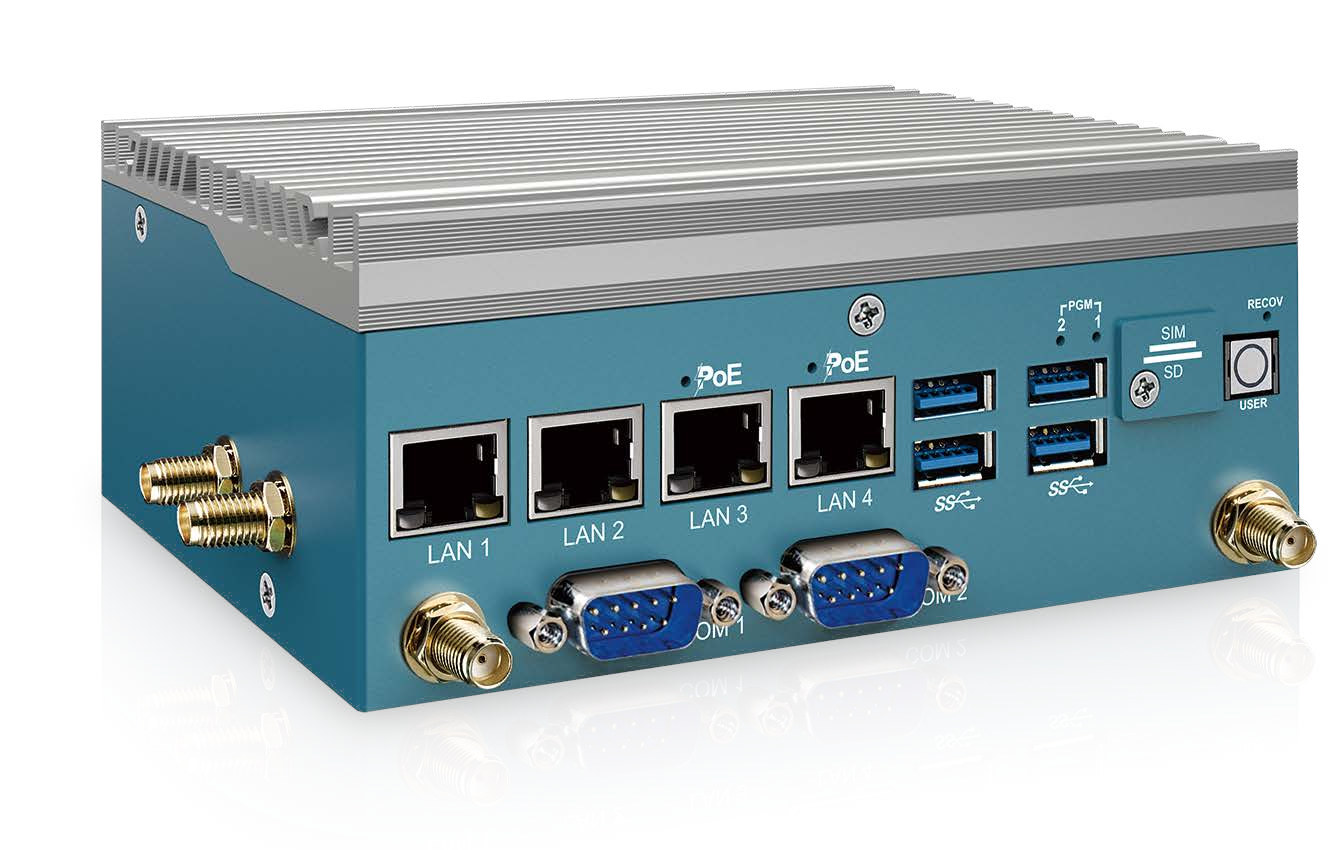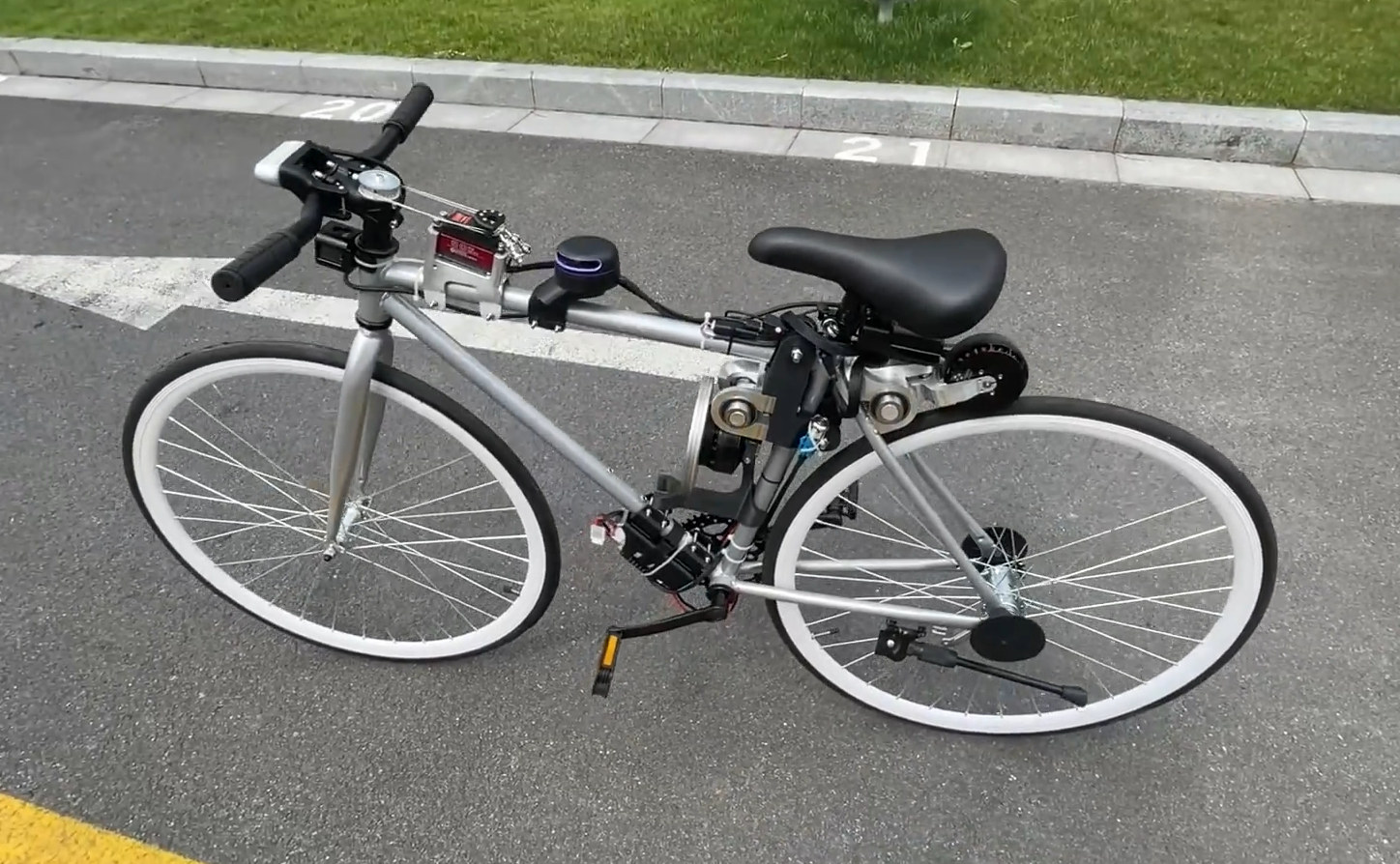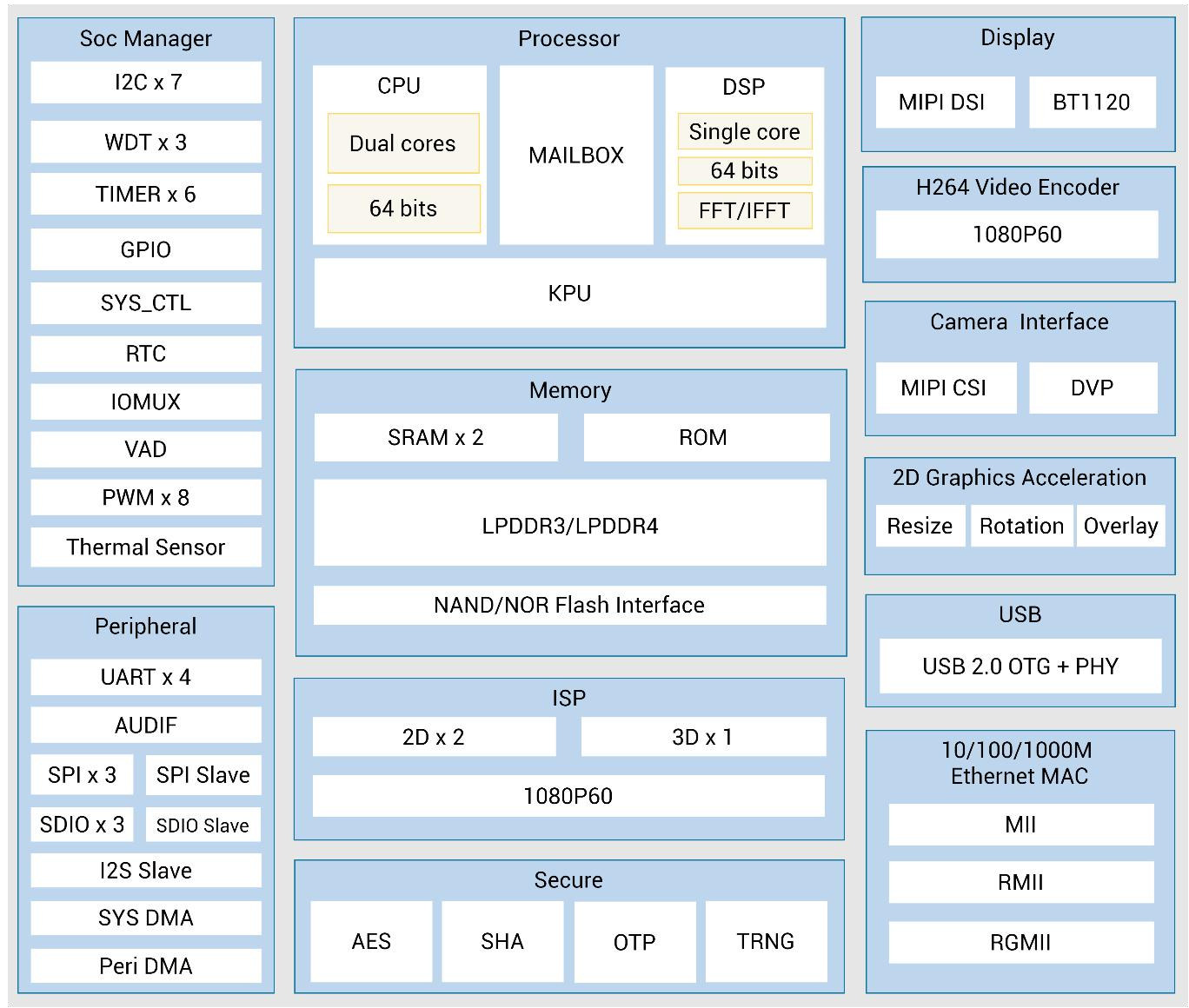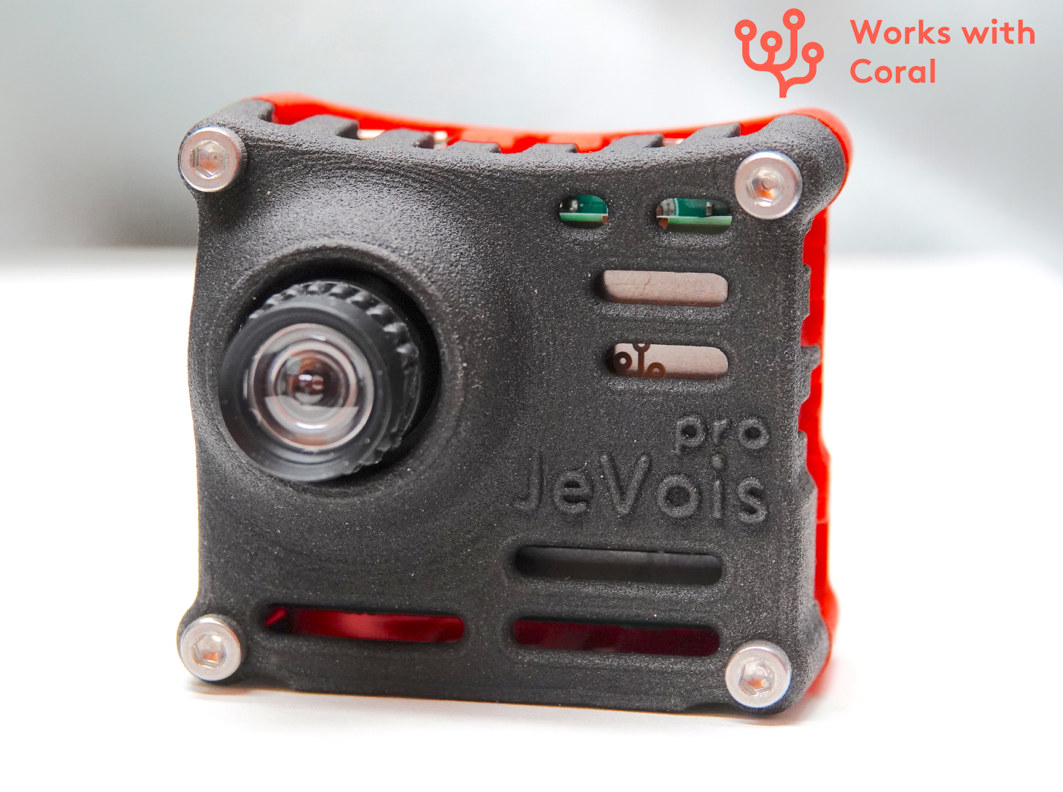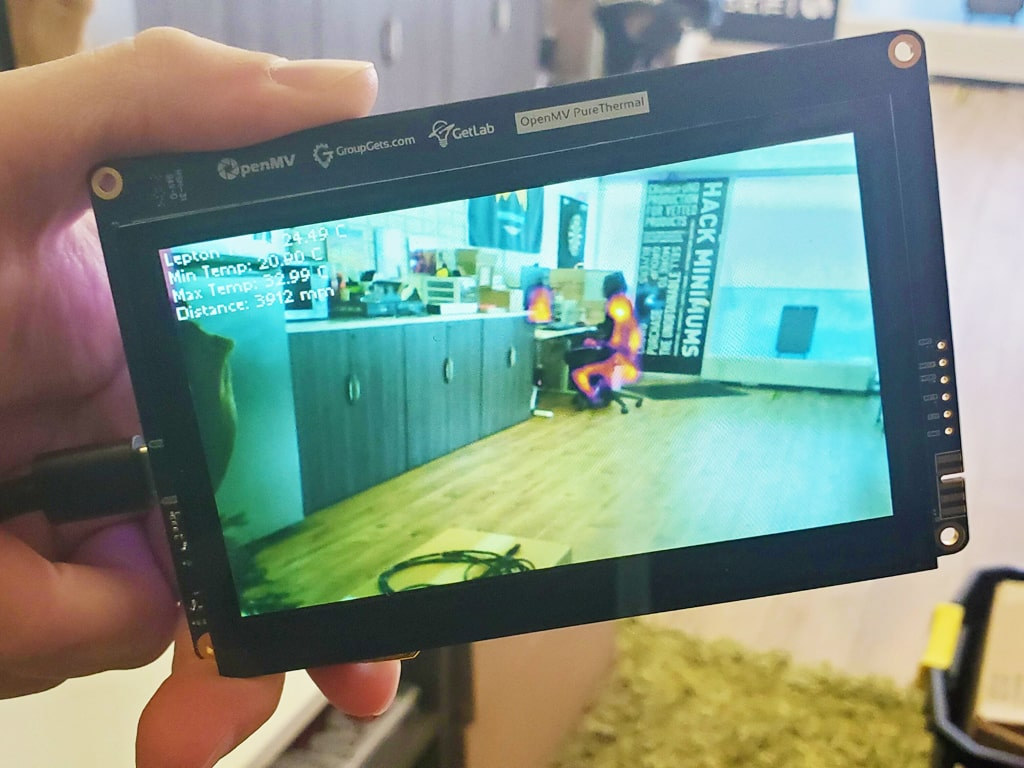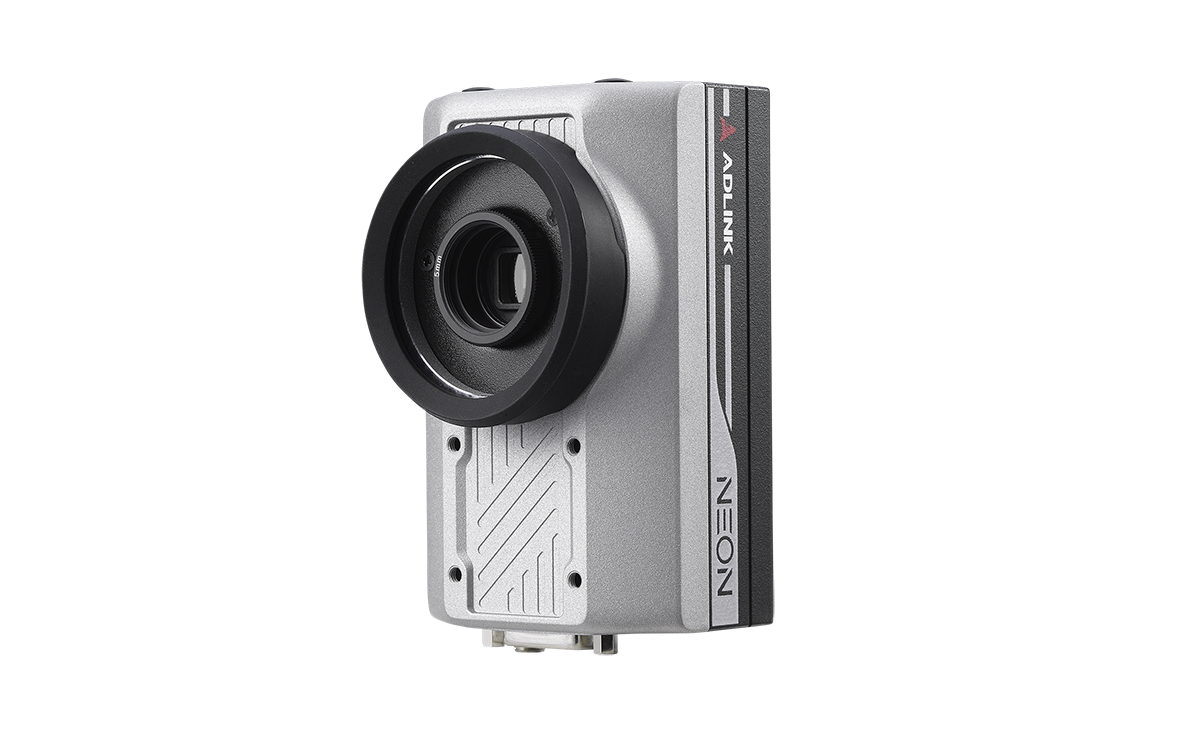I’ve been reviewing a few IP cameras with built-in AI features with Vacom Cam, Reolink RLC-810A, and Annke CZ400 AI security camera which had by far the most advanced features going beyond human detection with luggage monitoring, line crossing-detection, and many more. Today, I’ve received another model with basic human detection. But Foscam SPC security camera also happens to come with a motion-activated spotlight, and it is the first camera I’ve ever received with support for dual-band WiFi meaning 2.4GHz or 5 GHz WiFi can be used as needed. In the first part of the review, I’ll go through the specs, do an unboxing, and go through teardown photos to check the internals. Foscam SPC key features and specifications Some of the highlights listed in the user manual and package: Camera 4MP camera up to 2560×1440 resolution @ 25 fps, 156° view of view (diagonal) HDR support 2x white LED […]
Vecow EAC-2000 fanless embedded system is powered by NVIDIA Jetson Xavier NX
Vecow Vecow EAC-2000 series fanless embedded system features NVIDIA Jetson Xavier NX module for the deployment of AI vision and industrial applications including traffic vision, intelligent surveillance, auto optical inspection, Smart Factory, AMR/AGV, and other AIoT/Industry 4.0 applications. The computer comes with up to four Fakra-Z connectors to connect GMSL cameras, as well as four Gigabit Ethernet ports, two of which with PoE+ support, takes 9V to 50V wide range DC input, and can operate in a wide temperature range from -25°C to 70°C. Two models part of Vecow EAC-2000 embedded system family are currently offered with the following specifications: System-on-Module – NVIDIA Jetson Xavier NX with CPU – 6-core NVIDIA Carmel ARM v8.2 64-bit CPU GPU -384-core NVIDIA Volta GPU with 48 Tensor Cores DL Accelerator -2x NVDLA Engines System Memory – 8GB LPDDR4x DRAM Storage – 16GB eMMC flash Storage – M.2 Key M Socket (2280) for SSD, […]
MAIX-II A AI camera board combines Allwinner R329 smart audio processor with USB-C camera
Earlier this year, we wrote about Sipeed MAIX-II Dock AIoT vision devkit with an Allwinner V831 camera processor with a small 200 MOPS NPU, an Omnivision SP2305 2MP camera sensor, and a 1.3-inch display. But for some reason, which could be supply issues, Sipeed has designed a much different variant called MAIX-II A with a board based on Allwinner R329 smart audio processor, a 720p30 USB camera module, and a 1.5-inch display. MAIX-II A board specifications: Main M.2 module – Maix-II A module with Allwinner R329 dual-core Cortex-A53 processor @ 1.5 GHz, 256MB DDR3 on-chip, a dual-core HIFI4 DSP @ 400 MHz, and Arm China AIPU AI accelerator for up to 256 MOPS, plus Wi-Fi & BLE and a footprint for an SPI Flash. Storage – MicroSD card socket Display – 1.5-inch LCD display with 240×240 resolution Audio – Dual microphones, 3W speakers Camera – 720p USB-C camera module based […]
XUAN-Bike self-balancing, self-riding bicycle relies on flywheel, 22 TOPS Huawei Ascend A310 AI processor
After Huawei engineer Peng Zhihui Jun fell off this bicycle, he decided he should create a self-balancing, self-riding bicycle, and ultimately this gave birth to the XUAN-Bike, with XUAN standing for eXtremely, Unnatural Auto-Navigation, and also happening to be an old Chinese name for cars. The bicycle relies on a flywheel and a control board with ESP32 and MPU6050 IMU for stabilization connected over a CAN bus to the motors, as well as Atlas 200 DK AI Developer Kit equipped with the 22 TOPS Huawei Ascend A310 AI processor consuming under 8W connected to a 3D depth camera and motor for self-riding. It’s not the first time we see this type of bicycle or even motorcycle, but the XUAN-Bike design is also fairly well-documented with the hardware design (electronics + 3D Fusion360 CAD files) and some documentation in Chinese uploaded to Github. The software part has not been released so […]
Kendryte K510 tri-core RISC-V AI processor deliver up to 3 TOPS
Kendryte K510 is a 64-bit tri-core RISC-V processor clocked at up to 800 MHz with AI accelerators that succeed the 400 MHz Kendryte K210 dual-core RISC-V AI processor released a few years ago first in Kendryte KD233 board, and then boards like Maxduino or Grove AI HAT conveniently programmable with Arduino or Micropython. Canaan formally announced the processor yesterday at the 2021 World Artificial Intelligence Conference claiming K510 had three times the performance of K210 making it suitable for UAV high-definition aerial photography, high-definition panoramic video conferences, robotics, STEAM education, driver assistance scenarios, and industrial and professional cameras. The press release did not have much information, but multiple sources provided additional details to CNX Software, so we have Kendryte K510 specifications: Processor – 2x 64-bit RISC-V processor @ 800 MHz, and 1x 64-bit RISC-V core @ 800 MHz with DSP extension AI subsystem with 3 TOPS in total KPU: General […]
Jevois Pro small AI camera with Amlogic A311D SoC offers up to 13 TOPS (Crowdfunding)
Jevois-A33 smart camera was a tiny Linux camera with Allwinner A33 processor designed for computer vision applications and announced in 2016. I had the opportunity to review the computer vision camera the following year, and it was fun to use to learn about computer vision with many examples, but since it relied on the CPU for processing, it would not have been suitable for all projects due to the lag, as for example, object detection took 500ms and Yolo V3 around 3 seconds per inference. But time has passed, and great progress has been made in the computer vision and AI fields with the tasks now usually handled by a built-in NPU, or an AI accelerator card. So JeVois Pro deep learning camera has just been launched with an Amlogic A311D processor featuring a 5 TOPS NPU, and support for up to 13 TOPS via a Myriad X or Google […]
OpenMV PureThermal STM32H7 board overlays thermal map on RGB image
We’ve been writing about OpenMV open-source camera boards programmable with MicroPython at least since 2015, with the latest model OpenMV Cam H7 based on STM32H7 Cortex-M7 microcontroller introduced in 2018. But the company has now gone a step further with OpenMV PureThermal board equipped with a more powerful STM32H7 dual-core Arm Cortex-M7/M4microcontroller, and supporting FLIR Lepton 2 to 3.5 thermal imagers, allowing the system to overlay the thermal map on top of the image like an augmented reality app would do. It can do so on the integrated LCD display or on an HDMI display. OpenMV PureThermal features & specifications: MCU – STMicro STM32H7 Arm Cortex-M7 @ 480 MHz) and Cortex-M4 @ 240 MHz microcontroller Memory – 64MB SDRAM Storage – 32 MB of QSPI flash for the firmware, a microSD card slot for saving pictures and machine vision assets Display 800×480 touch Screen LCD DVI out for driving an […]
NEON-2000-JNX series AI Camera Features NVIDIA Jetson Xavier NX SOM for AIoT Applications
Machine vision applications highlight the complexity of implementation due to the requirement of interfacing several devices. These devices include image sensor modules, cables, GPU modules, and memory units, thus increasing the time for development and deployment. ADLINK’s NEON-2000-JNX series AI camera aims to simplify the deployment of edge machine vision and AIoT use cases. NEON-2000-JNX series AI camera comes with an inbuilt ADLINK’s new edge vision analytics software known as the EVA SDK. The software reduces the time in designing and creating proofs-of-concept, which leads to quicker deployment of applications. Users get a wide range of options for selecting field-ready “application plug-ins and ADLINK-optimized AI models”. This ensures the quality of vision AI and eases the building of use cases with lesser software code and programs. Additionally, the preview function allows quicker verification of AI Inference flow. We saw the launch of NVIDIA’s Jetson Xavier NX SOM in April 2020 […]


